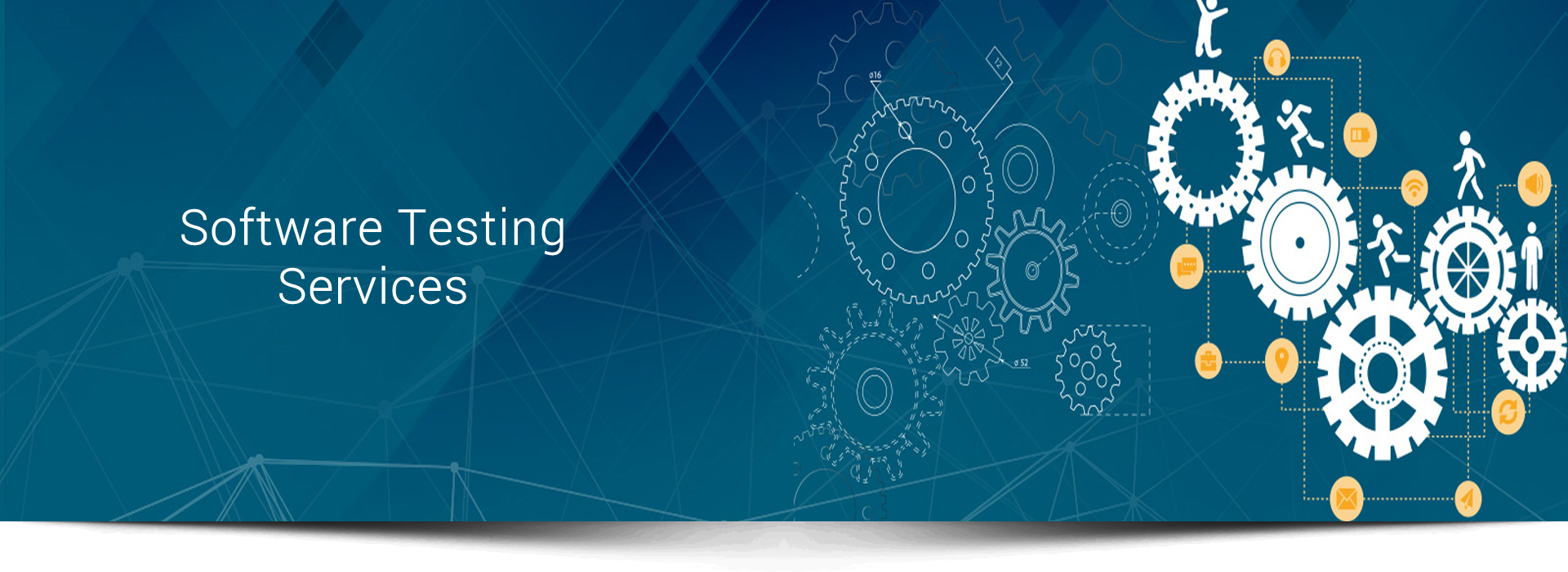Syllabus- Important Facts On TESTING TOOLS
MANUAL TESTING & QUALITY CONCEPTS
Software testing is a critical process in software development that involves evaluating and verifying that a software application or system meets the specified requirements. It aims to identify any defects, errors, or issues in the software so they can be fixed before the product is released to users.
Session 1 – Introduction to Testing
- QA & QC
- Verification & Validation
- Software Development Life Cycle (SDLC)
- Quality Standards
- Testing Types
- Testing Levels
Session 2 – Software Development Life Cycle (SDLC)
- SDLC Process
- SDLC Models Analysis
- Software Testing Life Cycle (STLC)
- Testing vs SDLC
- Web Development Life Cycle
Session 3 – Manual Defects Analysis
- BUGS Life Cycle
- Severity and Priority of BUGS
- BUG Report
- Types of BUGS
Session 4 – Manual Testing Documents
- Test Plan Preparation Content
- Master Test Plan Content
- Test Strategy and Methodology
- Designing Test Cases Techniques (BVA, CEG, IVA, EP)
- Manual Testing FAQs
Session 5 – Quality Center
-
Automated Test Management
- Components of Quality Center
- Automated Testing using WinRunner & QTP
- Manual Testing Steps
- Test Case Designer
- Preparing Reports
- Defect Report Preparation
- Quality Center Integration with MS Excel
-
Quality Center Site Administration
- User Administration
- Document Generator
- Quality Center and QTP Integration
Session 6 – WinRunner
- WinRunner Testing Process
- Understanding Record and Replay Process
- Understanding TSL
Session 7 – QTP
- Introduction to QTP
- QTP Testing Process
- Understanding QTP Environment
- Data Table, Active Screen, Keyword View & Expert View
